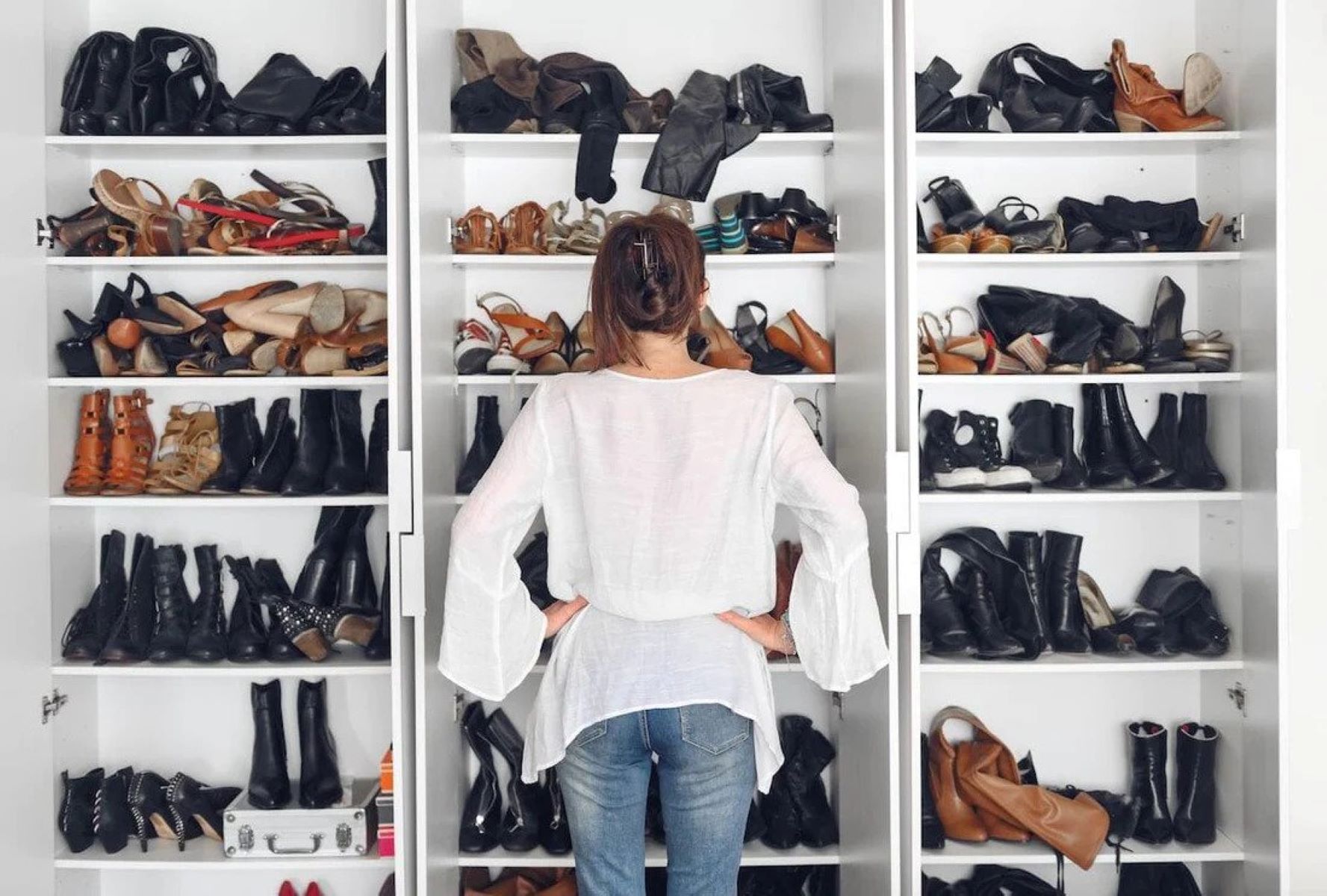

Articles
How To Store Shoes For Long Periods Of Time
Modified: January 7, 2024
Discover the best methods for storing shoes long term with our informative articles. Keep your shoes in pristine condition and extend their lifespan.
(Many of the links in this article redirect to a specific reviewed product. Your purchase of these products through affiliate links helps to generate commission for Storables.com, at no extra cost. Learn more)
Introduction
Shoes are not just a functional necessity; they can also be fashionable accessories that complement our style and make a statement. Whether you have a large shoe collection or just a few favorite pairs, proper long-term storage is essential to keep your shoes in good condition and extend their lifespan.
Storing shoes incorrectly can lead to deformation, discoloration, and even the growth of mold or bacteria. To ensure your shoes remain in pristine condition, it is crucial to follow proper storage techniques that protect them from dust, moisture, and other damaging elements.
In this article, we will provide you with a comprehensive guide on how to store shoes long-term. Whether you have sneakers, heels, boots, or loafers, we have you covered. We will explore the best storage solutions, how to clean and prepare your shoes for storage, and common mistakes to avoid. With our tips, you can maintain the quality and appearance of your shoes for years to come.
Key Takeaways:
- Proper long-term shoe storage involves creating a dedicated space, cleaning and organizing shoes by type, and utilizing suitable storage solutions like boxes, racks, or containers. Avoid common storage mistakes to maintain shoe quality and longevity.
- Implementing proper maintenance habits, such as rotating shoes, keeping them clean, and using shoe trees, helps preserve shoe quality and extend their lifespan. Choose the right storage solutions and avoid common mistakes to safeguard your cherished shoe collection.
Read more: How To Store Water For Long Periods Of Time
Creating a Storage Space
Before diving into the specifics, it’s important to carve out a dedicated storage space for your shoes. This will not only keep them organized but also protect them from external factors that can cause damage. Here are a few tips for creating an ideal storage space for your shoes:
- Choose a Cool, Dry, and Well-Ventilated Area: Humidity and heat can have a detrimental effect on your shoes, causing them to warp or develop mold. Look for a space in your home that is free from moisture, direct sunlight, and extreme temperatures.
- Keep Shoes off the Floor: Avoid storing shoes directly on the floor, especially if it’s prone to dust or dampness. Instead, use racks, shelves, or containers to elevate your shoes and provide proper air circulation.
- Consider a Dedicated Shoe Cabinet: If space permits, investing in a shoe cabinet or closet can be a game-changer. These specially designed storage solutions often feature adjustable shelves, compartments, and proper ventilation.
By creating a designated space for your shoes, you’ll be able to easily locate and access your collection, while also keeping them safe from potential damage.
Cleaning and Preparing Shoes
Before storing your shoes long-term, it’s crucial to clean and prepare them properly. This helps to remove any dirt, dust, or stains that could potentially damage the shoes while in storage. Here are some steps to follow:
- Remove Surface Dirt: Use a soft brush or shoe cleaner to gently remove any dirt or debris from the surface of your shoes. Be gentle to avoid scratching or damaging delicate materials.
- Treat Stains: If you spot any stains on your shoes, take appropriate measures to treat them. Consult the manufacturer’s instructions or use a gentle stain remover that is suitable for the shoe material.
- Let Them Dry: It’s important to thoroughly dry your shoes before storing them. Avoid using direct heat sources, as they can cause certain materials to warp or crack. Instead, allow your shoes to air-dry naturally in a well-ventilated area.
- Condition Leather Shoes: For leather shoes, it’s recommended to apply a leather conditioner to keep the material moisturized and prevent it from drying out or cracking during storage.
- Stuff with Tissue Paper: To maintain the shape of your shoes, stuff them with clean tissue paper or acid-free archival paper. This helps prevent any creasing or warping while in storage.
By cleaning and preparing your shoes before storing them, you’re ensuring they are in the best possible condition and ready for long-term storage.
Organizing Shoes by Type
When it comes to storing shoes long-term, organizing them by type is a practical and efficient approach. By categorizing your shoes, you’ll be able to easily locate specific pairs and maintain their condition. Here are some tips for organizing your shoes by type:
- Sneakers: Keep your sneakers together in one area. You can stack them or line them up on shelves, making sure to leave enough space between each pair for air circulation.
- Heels: Store your heels in an upright position to maintain their shape. You can use shoe racks with designated slots or place them individually on shelves, ensuring they are stable and won’t tip over.
- Boots: To prevent your boots from slouching or folding, use boot inserts or stuff them with rolled-up newspaper or acid-free tissue paper. Store them in an upright position to maintain their shape.
- Flats and Loafers: Keep flats and loafers lined up neatly on shelves or shoe racks. You can use separators or dividers to prevent them from getting mixed up or becoming misshapen.
In addition to organizing your shoes by type, you can also subcategorize them by color or occasion if you have a large collection. This further streamlines the process of finding the right pair for any outfit or event.
Remember to leave ample space between each pair of shoes to maintain proper air circulation. This helps prevent moisture build-up and the growth of mold or bacteria. Additionally, avoid overcrowding your storage space to prevent any unnecessary pressure or damage to the shoes.
Using Shoe Boxes
Shoe boxes are a classic and effective way to store shoes long-term. They provide protection from dust, light, and potential damage, while also keeping your shoes organized and easily accessible. Here are some tips for using shoe boxes:
- Label the Boxes: To quickly locate specific pairs of shoes, label each shoe box with the type of shoes or the occasion they are intended for. This saves time and prevents the need to open multiple boxes to find the right pair.
- Include Desiccant Packs: To absorb any moisture and prevent mold or odors, place desiccant packs or silica gel packets inside the shoe boxes. This is especially important if you live in a humid environment.
- Store Similar Shoe Styles Together: Keep shoes of similar styles or materials together in the same box. For example, store all your sneakers in one box, heels in another, and so on. This helps to prevent any potential damage caused by friction between different shoe styles.
- Wrap Delicate Shoes: If you have delicate or embellished shoes, wrap them in acid-free tissue paper or cloth to provide extra protection. This helps to prevent any damage to the delicate materials or decorations.
- Stack the Boxes: Stack the shoe boxes neatly to maximize storage space. Ensure that the boxes are sturdy and won’t collapse under the weight of the stack. Avoid stacking too high to prevent any instability or difficulty in accessing the boxes at the bottom.
Using shoe boxes not only keeps your shoes organized but also provides an added layer of protection. They are especially useful for storing shoes that you don’t frequently wear, as they keep them safe and in good condition until the next time you need them.
Utilizing Shoe Racks
Shoe racks are a practical and efficient storage solution for those who prefer to have their shoes readily accessible and on display. They not only keep your shoes organized but also help maximize space and showcase your collection. Here are some tips for utilizing shoe racks:
- Choose the Right Shoe Rack: Select a shoe rack that suits your storage needs and space constraints. There are various options available, including freestanding shoe racks, wall-mounted racks, and over-the-door racks. Consider the size of your shoe collection and the available space to determine the most suitable choice.
- Optimize the Usage of Space: Make the most of your shoe rack by utilizing all available tiers or levels. Stack shoes vertically to save space, ensuring that they are stable and won’t topple over.
- Separate and Categorize: Group your shoes on the shoe rack by type or occasion. This makes it easier to find the right pair and prevents any potential damage caused by friction between different shoe styles.
- Consider Adjustable Shoe Racks: If you have shoes of varying heights, consider using adjustable shoe racks. This allows you to customize the height between tiers to accommodate different types of shoes.
- Regularly Clean and Dust: Since shoes are openly displayed on shoe racks, it’s important to regularly clean and dust both the shoes and the rack itself. This helps maintain their appearance and prevents dirt or dust from settling on the shoes.
Utilizing shoe racks not only keeps your shoe collection organized but also adds a touch of visual appeal to your space. It allows you to showcase your favorite pairs while ensuring easy access whenever you need them.
Store shoes long term by cleaning them thoroughly, stuffing them with acid-free tissue paper to maintain their shape, and placing them in a cool, dry, and well-ventilated area away from direct sunlight.
Hanging Shoe Storage Solutions
Hanging shoe storage solutions are an excellent option for those who have limited floor space or want to maximize vertical storage. They provide a convenient and space-saving way to store shoes while keeping them easily accessible. Here are some options for hanging shoe storage:
- Over-the-Door Shoe Organizers: These are versatile storage solutions that hang over the back of a door. They usually have pockets or compartments to hold multiple pairs of shoes. Over-the-door shoe organizers are great for small spaces and can also be used to store other small accessories like socks or shoe care items.
- Hanging Shoe Shelves: These are similar to traditional shelves but designed to hang from a rod or hook. They offer several tiers or compartments to hold multiple pairs of shoes. Hanging shoe shelves are a practical choice for larger shoe collections as they provide ample storage space.
- Hanging Shoe Cubbies: These are fabric or canvas units with individual cubbies for each pair of shoes. They typically hang from a rod or can be mounted to a wall. Hanging shoe cubbies are lightweight and easy to move, making them ideal for travel or temporary storage needs.
- Hanging Shoe Bags: These are vertical bags with transparent pockets for storing shoes. The bags can be hung on a rod or hook and offer a clear view of the shoes inside. Hanging shoe bags are great for those who want to protect their shoes from dust while still being able to easily see and select their desired pair.
When using hanging shoe storage options, it’s important to ensure that the hooks or rods are sturdy enough to hold the weight of the shoes. Additionally, regularly inspect the storage solution for any signs of wear or tear to maintain its durability and functionality.
Hanging shoe storage solutions are not only practical and space-saving, but they also provide a neat and organized way to store and display your shoes.
Storing Shoes in Containers
Using containers to store shoes is a great option for long-term storage, especially if you want to protect your shoes from dust, moisture, or any potential damage. Containers provide a secure and compact way to store your shoes while keeping them organized and easily accessible. Here are some tips for storing shoes in containers:
- Choose the Right Containers: Select containers that are suitable for your shoe collection. Opt for clear plastic containers with lids, as they allow you to easily see the contents without having to open each container.
- Clean and Dry Shoes: Before storing your shoes, ensure they are clean and completely dry. You can follow the cleaning and preparation steps mentioned earlier in this article.
- Use Acid-Free Tissue Paper: Place acid-free tissue paper or cloth between each pair of shoes to prevent any potential friction or damage during storage.
- Wrap Delicate Shoes: For delicate or fragile shoes, wrap them individually in acid-free tissue paper or cloth to provide extra protection against scratches or dents.
- Stack the Containers: When storing multiple containers, stack them vertically to maximize space. Be sure to label each container for easy identification.
- Store in a Cool and Dry Place: Keep the containers in a cool, dry, and well-ventilated area to protect your shoes from moisture and mold.
Storing shoes in containers not only keeps them safe but also helps to preserve their condition for an extended period. Containers provide an extra layer of protection against dust, light, and potential damage, ensuring that your shoes remain in top-notch condition until you’re ready to wear them again.
Avoiding Common Storage Mistakes
When it comes to storing shoes long-term, there are some common mistakes that should be avoided to preserve the quality and longevity of your footwear. By being aware of these pitfalls, you can ensure that your shoes remain in the best possible condition. Here are some common storage mistakes to avoid:
- Not Cleaning Shoes Before Storage: Failing to clean your shoes before storing them can lead to the buildup of dirt, stains, or odors. Take the time to properly clean and dry your shoes before placing them in storage.
- Storing Wet or Damp Shoes: Storing shoes that are wet or damp can promote the growth of mold, mildew, or unpleasant odors. Make sure your shoes are completely dry before storing them to avoid any moisture-related problems.
- Using Plastic Bags: Avoid storing shoes in plastic bags, as they can trap moisture and potentially damage the materials. Opt for breathable storage solutions like shoe boxes or fabric bags instead.
- Overpacking or Crowding: Avoid overcrowding your storage space or cramming too many shoes together. This can lead to deformation, creasing, and pressure marks on the shoes. Allow enough space between each pair for air circulation.
- Exposing Shoes to Sunlight: Direct exposure to sunlight can cause fading and discoloration of your shoes. Store them away from direct sunlight to protect their color and overall integrity.
- Using Improper Storage Materials: Ensure that the materials used for storage, such as boxes, bags, or tissue paper, are acid-free and won’t damage the shoes. Acidic materials can cause discoloration or deterioration over time.
By avoiding these common storage mistakes, you can prolong the life of your shoes and maintain their quality and appearance for years to come.
Read more: How To Store Thigh High Boots
Tips for Maintaining Shoe Quality
Properly maintaining the quality of your shoes is essential for ensuring they remain in good condition and last for a long time. By following these tips, you can keep your shoes looking great and extend their lifespan:
- Rotate Your Shoes: Avoid wearing the same pair of shoes every day. Instead, rotate between different pairs to give them time to breathe and recover their shape. This helps prevent excessive wear and tear on a single pair.
- Store Shoes in a Cool, Dry Place: Moisture and heat can damage shoes, so it’s important to store them in a cool, dry environment. Avoid storing them in basements, attics, or areas prone to humidity. A cool and dry place helps prevent the growth of mold or mildew.
- Keep Shoes Clean: Regularly clean your shoes by gently brushing off dirt and wiping away any stains. Use appropriate cleaning products based on the shoe material and follow the manufacturer’s instructions. Clean shoes not only look better but also last longer.
- Take Care of the Soles: The soles of your shoes are the most vulnerable to wear and tear. Replace worn-out soles or heels promptly to prevent further damage and to maintain the shoe’s overall stability and comfort.
- Use Shoe Trees or Inserts: Shoe trees or inserts help maintain the shape of your shoes when they’re not being worn. They also absorb moisture and prevent creasing, especially in leather shoes.
- Protect Against Weather Conditions: Apply appropriate weatherproofing products to protect your shoes from rain, snow, or excessive moisture. This helps prevent damage and prolongs the life of your shoes.
- Avoid Excessive Folding or Bending: Excessive folding or bending of shoes, especially those with delicate materials like flats or loafers, can cause permanent damage. Handle your shoes with care and avoid unnecessary strain on the materials.
By implementing these tips, you can ensure that your shoes maintain their quality and appearance, allowing you to enjoy them for years to come.
Conclusion
When it comes to storing shoes long-term, proper organization and care are crucial to maintain their quality and ensure they last for years to come. By following the tips and techniques outlined in this article, you can create an ideal storage space, clean and prepare your shoes correctly, and organize them in a way that maximizes accessibility and protection.
Whether you choose to use shoe boxes, racks, hanging storage solutions, or containers, each option has its advantages and can be tailored to your specific needs. Remember to avoid common storage mistakes, such as not cleaning shoes before storage or storing wet shoes, to prevent damage and maintain the integrity of your footwear.
Additionally, implementing proper maintenance habits, such as rotating shoes, keeping them clean, and using shoe trees or inserts, will help prolong their lifespan and preserve their quality. Protecting shoes from extreme weather conditions and handling them with care are also essential practices to ensure their longevity.
By creating a suitable storage space and following these storage and maintenance tips, you can safeguard your cherished shoe collection, maintain their appearance, and continue enjoying them for years to come.
So go ahead, take the time to organize your shoes, clean and prepare them for storage, and implement these storage and maintenance techniques. Your shoes will thank you by staying in great shape and accompanying you on many stylish adventures!
Frequently Asked Questions about How To Store Shoes For Long Periods Of Time
Was this page helpful?
At Storables.com, we guarantee accurate and reliable information. Our content, validated by Expert Board Contributors, is crafted following stringent Editorial Policies. We're committed to providing you with well-researched, expert-backed insights for all your informational needs.
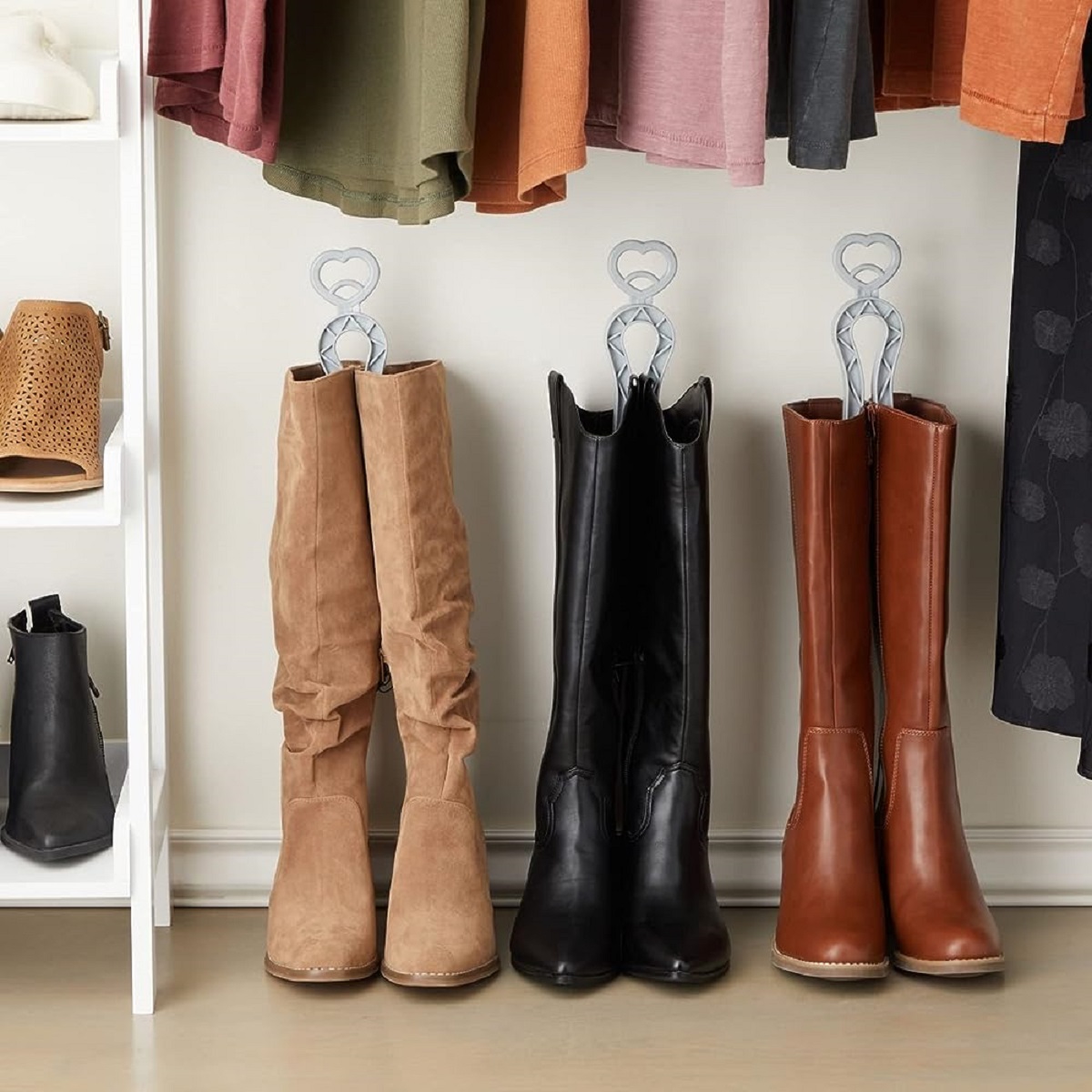
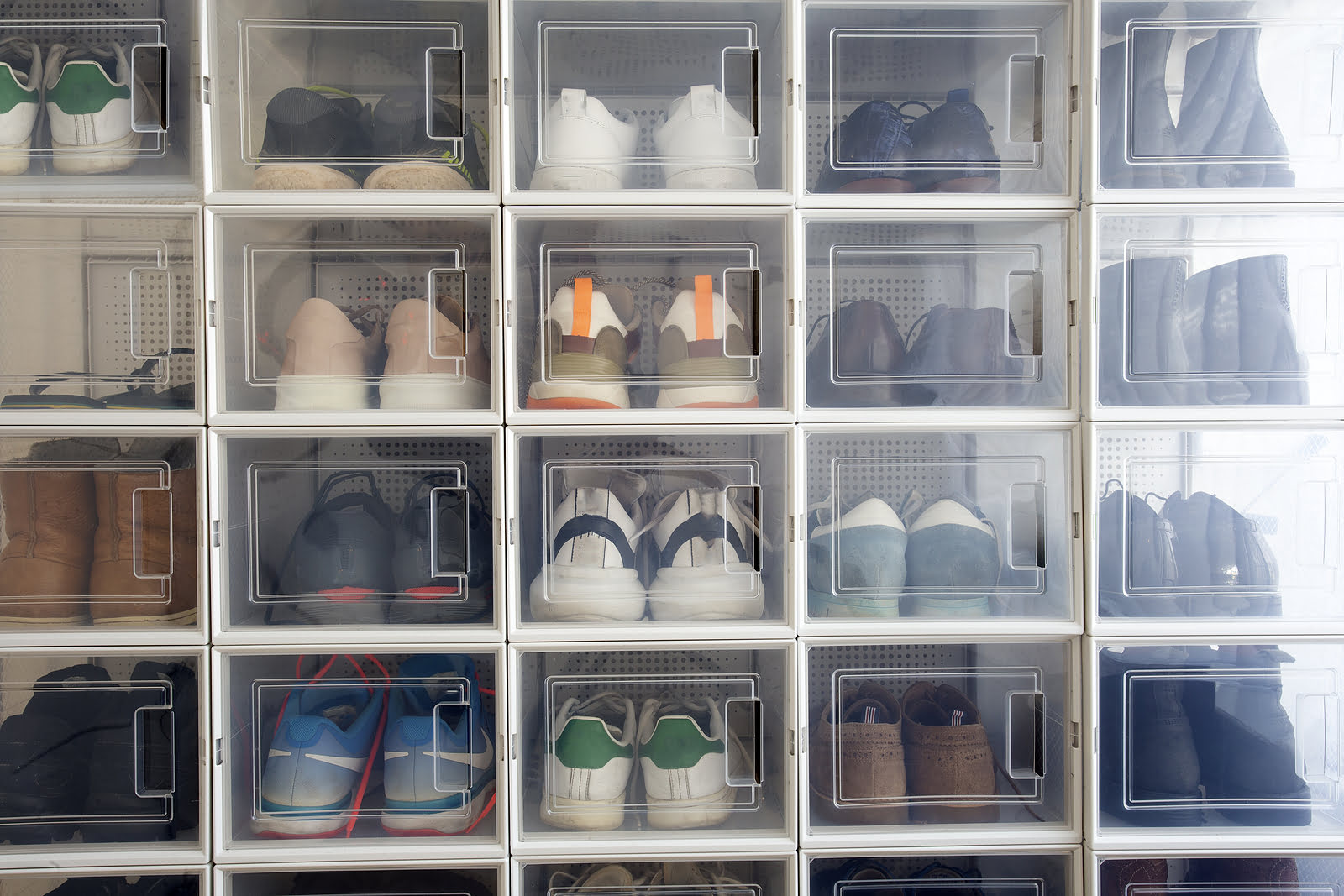
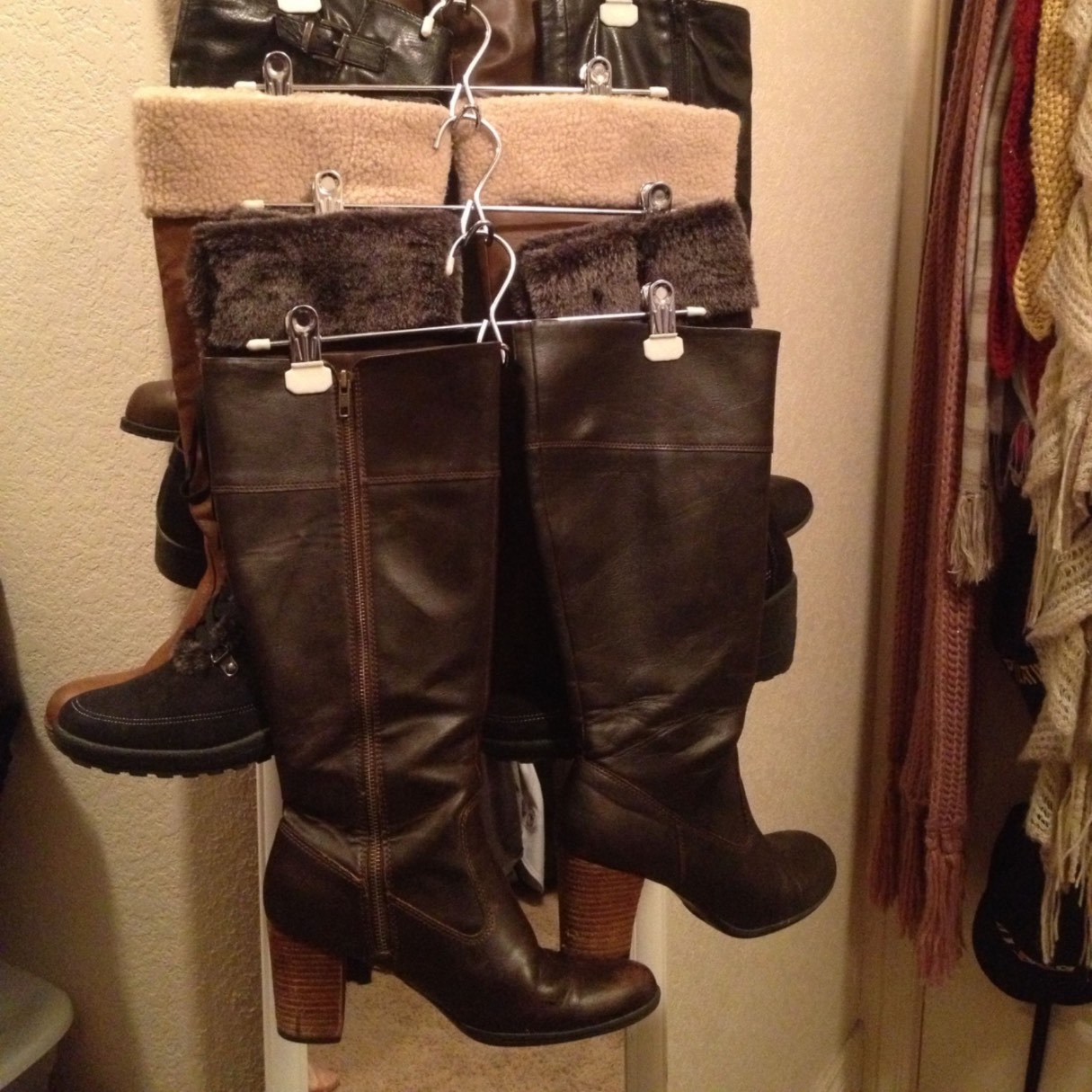
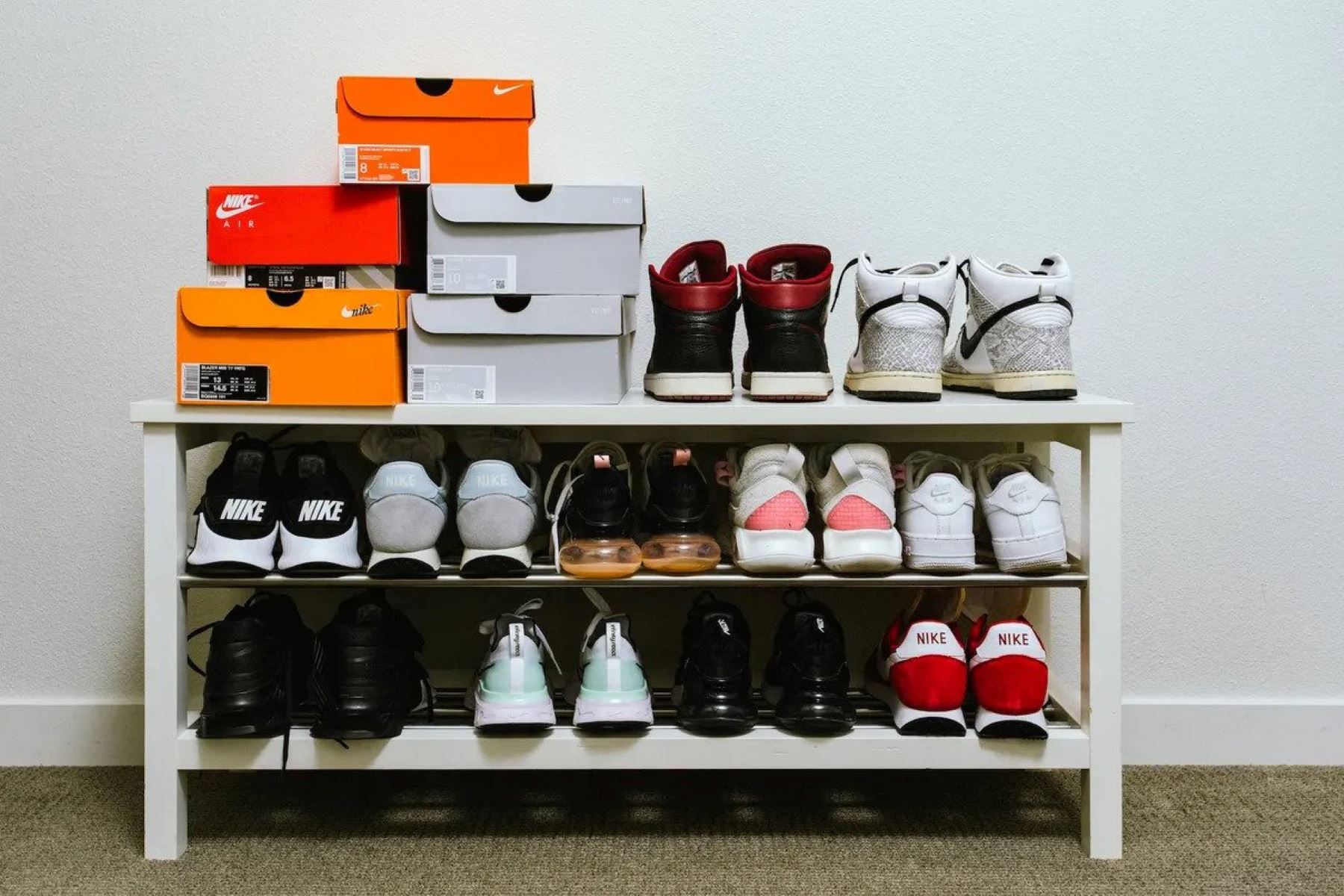
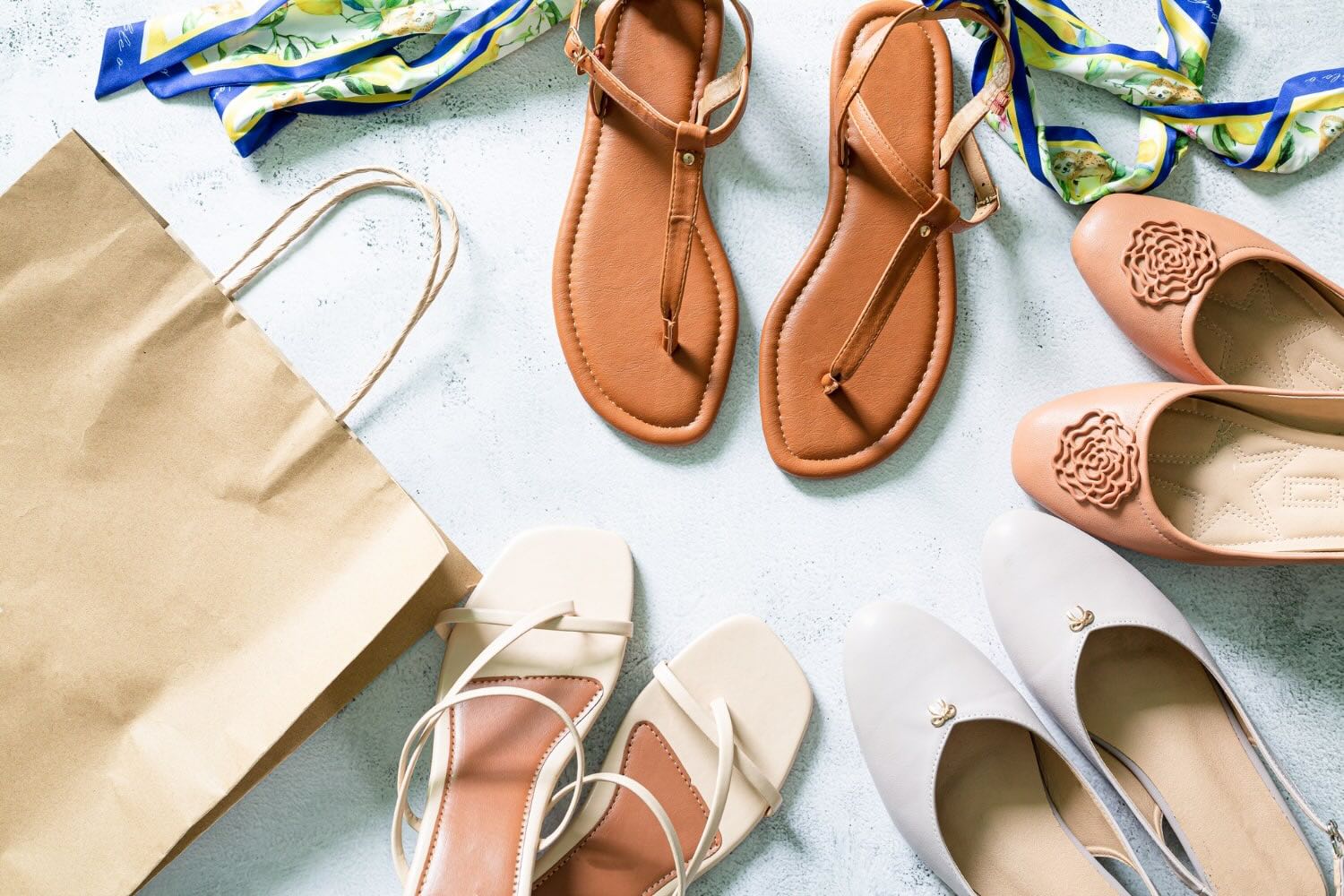
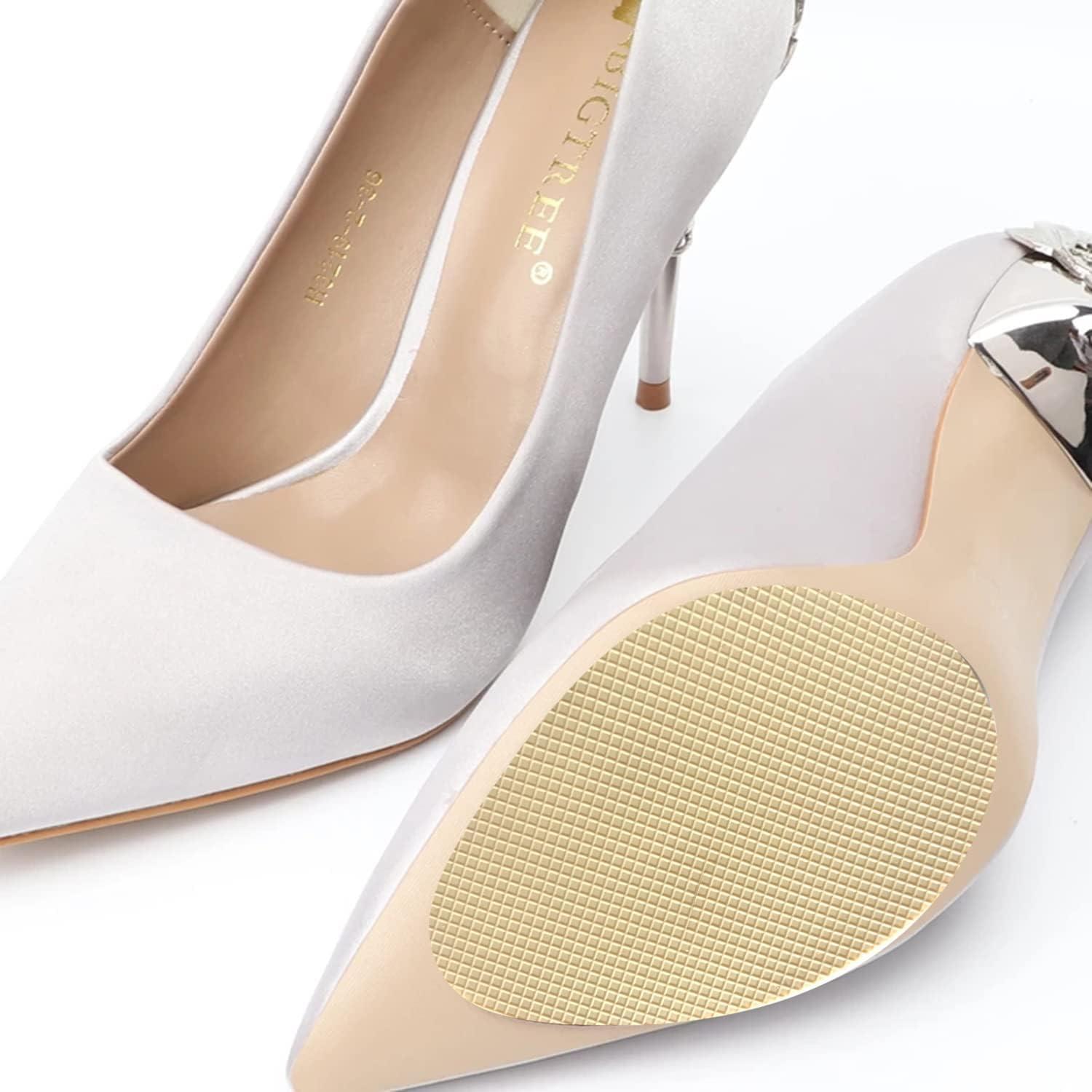
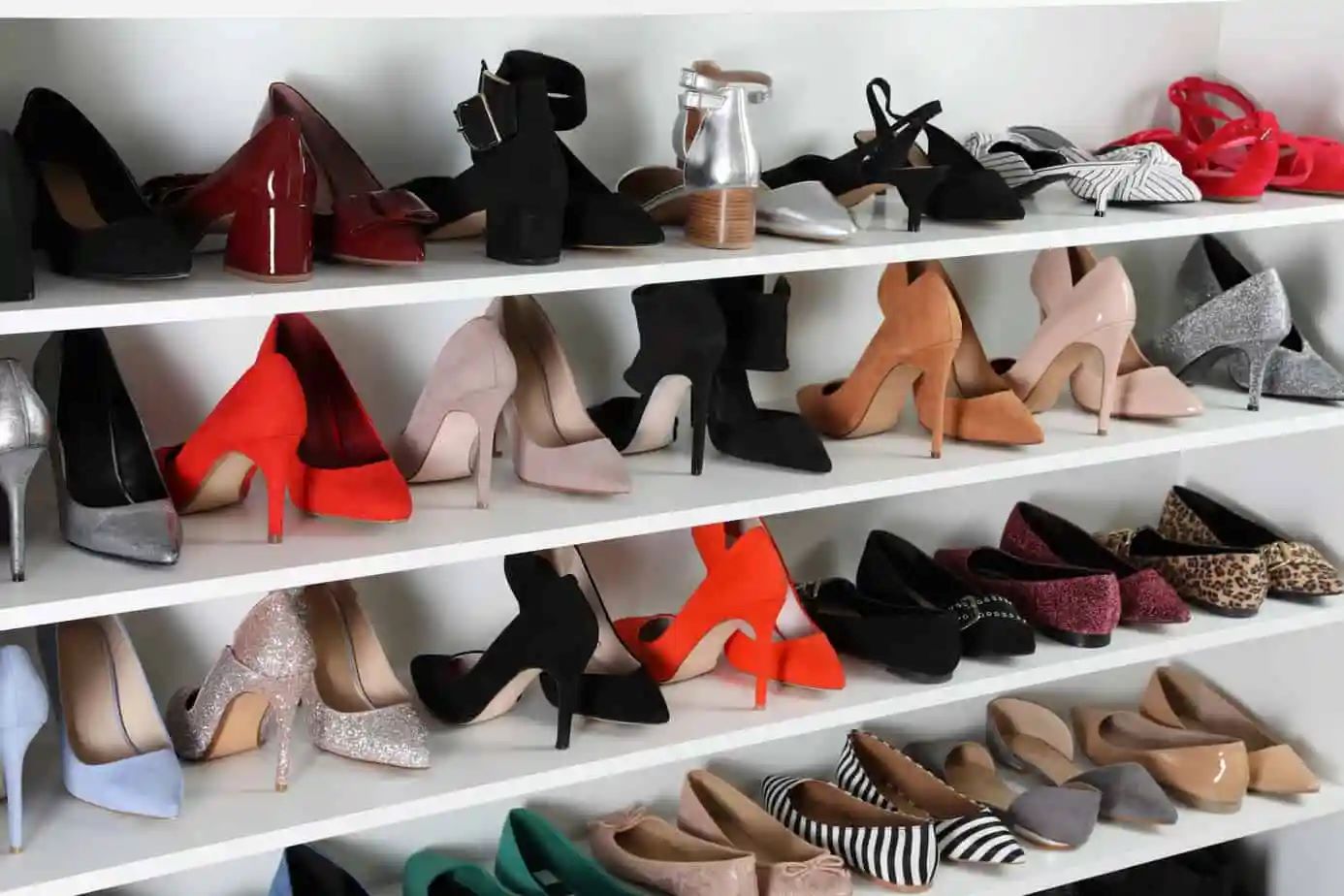



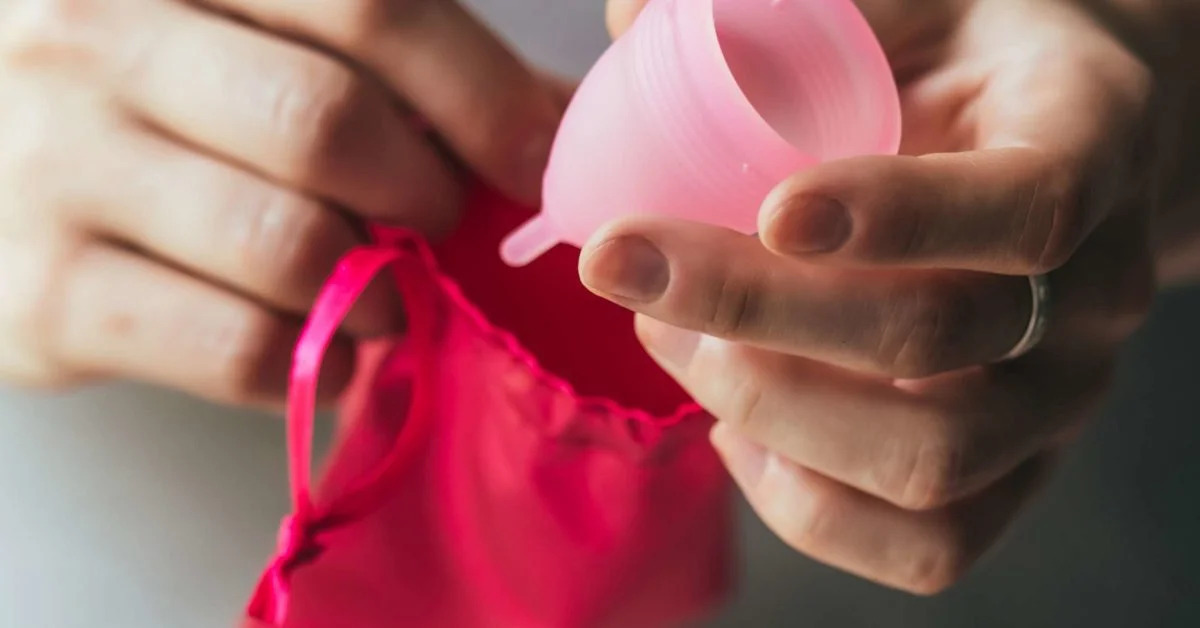

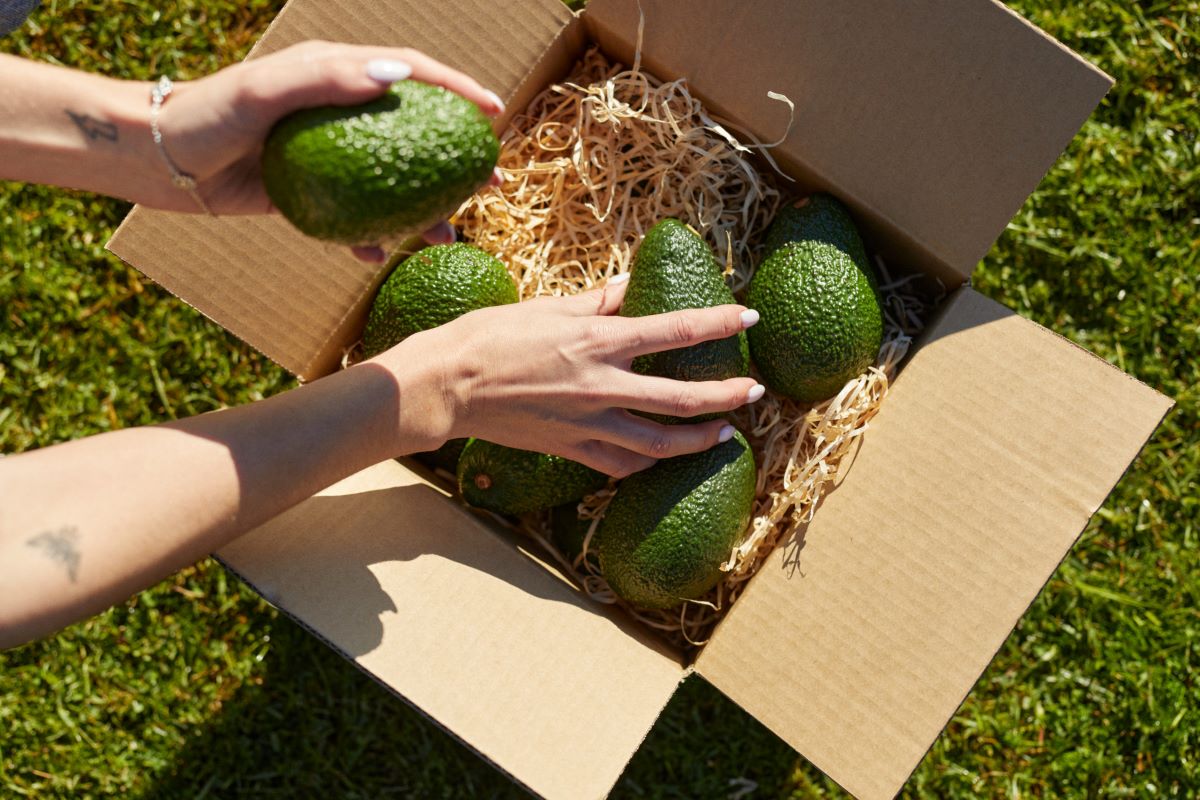

0 thoughts on “How To Store Shoes For Long Periods Of Time”